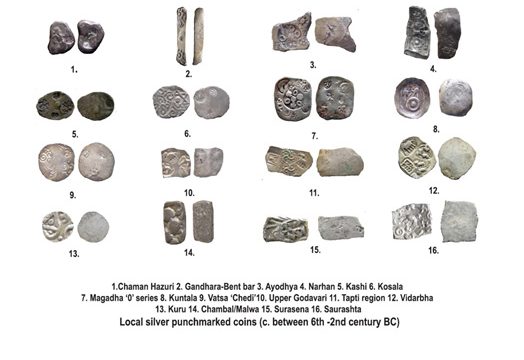
Ancestor to the Indian paisa
29Jun 2021
Ever wonder why there was a demand for solid copper coins when silver punch-marked coins were already in circulation in ancient India? It’s the same reason we need the paisa, along with the rupee—for smaller-value, everyday transactions. The modern paisa’s counterpart in ancient times is what numismatists call early uninscribed cast copper (EUCC) coins. EUCC coins are one of the most common coins of ancient India and they came in many varieties. EUCC coins have been found almost all over the Indian subcontinent, especially in present-day Karnataka, Telangana, Kerala and Andhra Pradesh. First issued around 500 BCE (during the era of the mahajanapadas) and circulated alongside silver punch-marked coins, they remained in circulation until around the 2nd Century CE, though their manufacturing had ceased much earlier, somewhere between the 1st…
